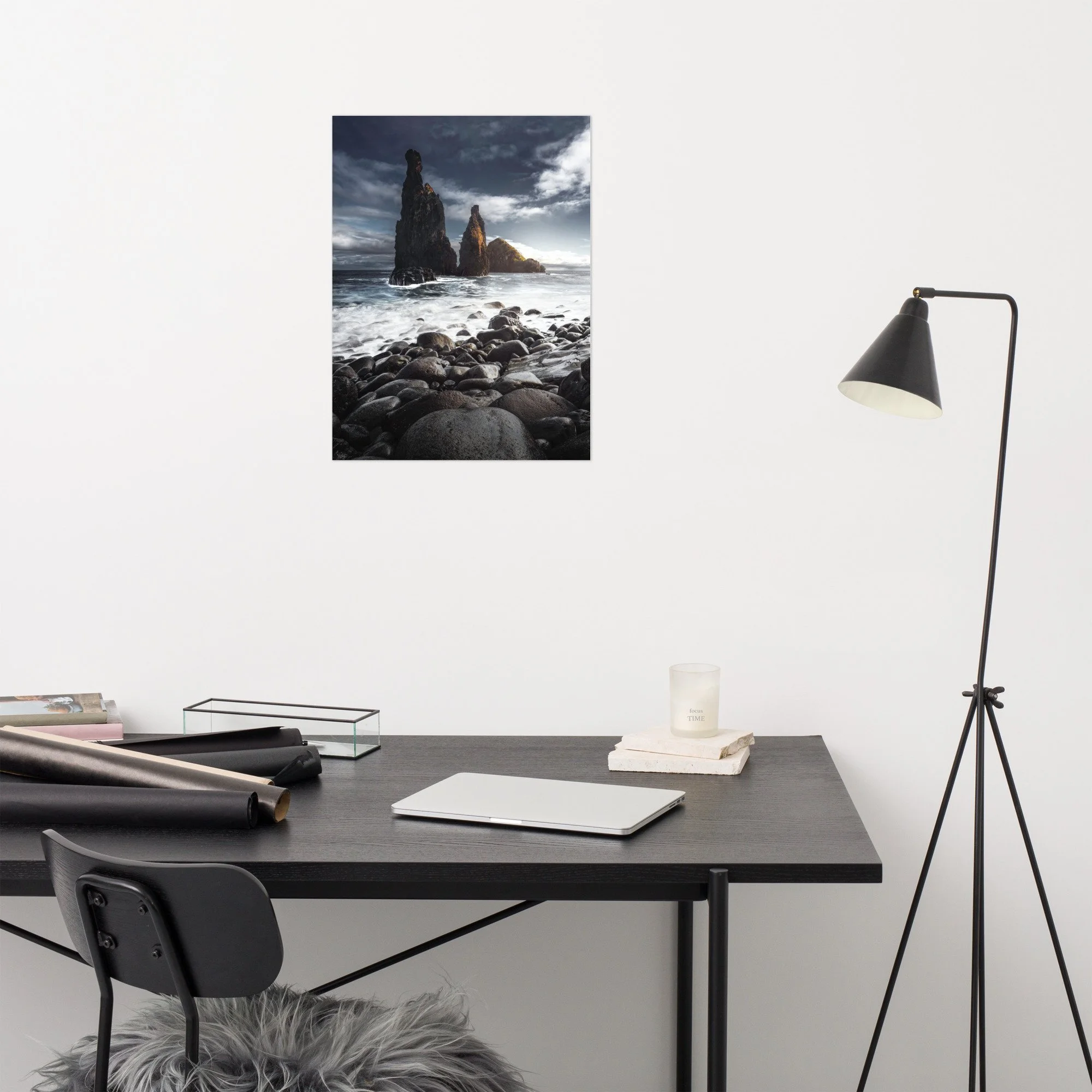Photography 101: Understanding ISO in Landscape Photography
ISO is one of the three elements of the exposure triangle in photography, alongside aperture and shutter speed. It is a measure of the camera's sensitivity to light and can have a significant impact on the quality of your landscape photos.
In this article, we'll explain the basics of ISO in landscape photography.
What is ISO?
ISO stands for International Organization for Standardization, which is the governing body that sets standards for camera sensors' sensitivity to light. In photography, ISO refers to the camera's sensitivity to light, with higher ISO values indicating greater sensitivity.
How does ISO affect landscape photography?
In landscape photography, ISO can have a significant impact on the quality of your photos. Here are a few ways ISO affects landscape photography:
Noise: When you increase the ISO, you increase the camera's sensitivity to light. However, this also increases the amount of digital noise in the image, which can make your photos look grainy and reduce their overall quality. To minimize noise, it's generally best to use the lowest ISO possible.
Exposure: ISO can affect the exposure of your photo. When shooting in low light situations, increasing the ISO can help you get a proper exposure without having to use a longer shutter speed or wider aperture.
Depth of Field: ISO can also indirectly affect the depth of field in your photos. When you use a higher ISO, you can use a faster shutter speed or smaller aperture, which can increase the depth of field in your photos.
Motion Blur: ISO can also affect the amount of motion blur in your photos. When shooting moving subjects, using a higher ISO can help you use a faster shutter speed, which can freeze the motion and reduce the amount of blur in the image.
How to use ISO in landscape photography?
To use ISO in landscape photography effectively, follow these tips:
Start with a low ISO: It's generally best to start with the lowest ISO possible (usually around 100 or 200) and increase it only if necessary.
Use a tripod: A tripod can help you keep your camera steady and reduce the need for higher ISO values.
Watch for noise: Keep an eye on the amount of noise in your photos, especially in low light situations. If you notice too much noise, try decreasing the ISO or increasing the exposure time instead.
Experiment: Don't be afraid to experiment with different ISO values to see how they affect your photos. Try taking photos at different ISO values and compare the results to see which ISO setting produces the best quality images.
In conclusion, ISO is an essential element of landscape photography, but it must be used carefully to avoid noise and other issues. By understanding how ISO affects your photos and following these tips, you can use ISO effectively to capture stunning landscape photos.












